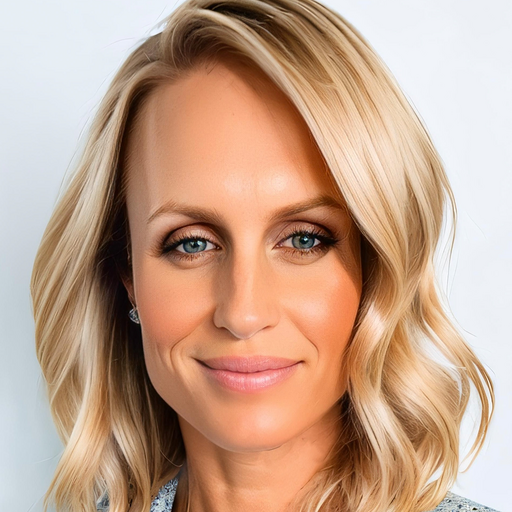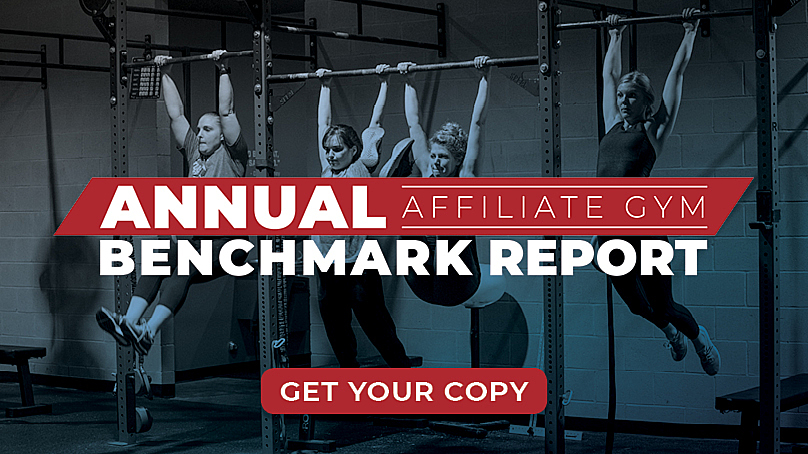The Box Business Plan: Part 2


Last week, I kicked off my series on how to write a strong business plan for your box. I covered the importance of developing a mission and vision and why you need to consider your high-level goals. Today we’ll continue this series by developing your unique service.
Step #3: Find Opportunities
As the grouping of microgyms in your area becomes tighter, prices will drop. That’s natural market pressure. And if you only sell group class memberships, it’s unavoidable.
BUT, if you are a professional fitness coach, offering a one-on-one, guided fitness experience, with group training one part of your delivery stream, you’ll be impervious to commodity pricing battles. Clients will want to do elite fitness training with you, because it’s part of their plan. They might also want nutrition coaching, one-on-one training, partner training or specialty programs.
The real opportunity in fitness isn’t to cram 20 sardines into one group class. The real opportunity is to create meaningful change in the lives of 150 people in your community.
Base your revenue projections on the 150 number (learn more about the 150-Member Goal).
If you’re building a complete fitness and health coaching business for 150 people, what should that service include?
Let’s take it down to one person: your mom. If you wanted to drastically change your mom’s lifestyle to save her life, what would you tell her? How much accountability would you provide? How would you motivate her to change?
That’s your service. Describe it below. We’ll set a price in the next section.
Step #4: Set Your Rates
What percentage of your gross will come from group training? What percentage from one-on-one training? Nutrition? Specialty groups? A robust business plan will include projections and targets for each of these. If you’re not sure how to calculate these projections, no problem – it’s part of our Incubator mentorship program.
The most basic formula for business success looks like this:
# of clients X revenue per client = Gross Revenue
The biggest mistake in microgyms today is to focus on the first part of the equation (total number of clients). Gyms discount their rates to optimize headcount. This creates a high turnover rate, desperation marketing, price wars, less coaching per client and a lower-grade service. In most cases, it eventually leads to bankruptcy.
TwoBrain gyms follow this equation to success:
After calculating the gross revenue you need to pay your bills, your coaches and yourself, segment your clients.
- 10% of your clients will want more than the rest. They’ll create 20% of your gross.
- That leaves 90% of your clients to generate 80% of your gross.
Example: if the gross revenue you need is $400,000 per year:
- Fixed costs (22%) – $88,000
- Staff costs (44%) – $176,000
- Profit (33%) – $136,000
10% of your clients will generate 20% of your gross: $80,000
90% of your clients will generate the other 80%: $320,000
WARNING: Most gyms aren’t in line with these ratios. In general, their fixed costs are too high (they have too much space) or their staff pay ratios are off (they pay more than 44% of their gross to staff) leaving too little to pay themselves.
Step #5: Find Bright Spots
Success isn’t a product of motivation. Motivation is a product of success. Identify what makes you happy first. Then set specific targets.
For example, when a gym owner is launching a personal training program for the first time, I typically assign them a goal: do three sessions over the next month. Three sessions isn’t much, but it proves the owner can do it, the clients want it and money isn’t the barrier the owner might think.
It also gives the owner a chance to see if he or she likes doing one-on-one training, or if he or she would prefer to train another coach to take that load.
Below, record your favorite things about coaching:
- What do you like?
- Who is your ideal client?
- Would you prefer to train them one-on-one, or in a group?
- What would they prefer?
Next up in the series, I’ll cover how to write your policies and procedures manual, as well as how to properly monitor your cash flow.
Interested in seeing what how much space successful boxes have, how much they’re paying their staff and how much square feet they have per athlete? Get your free copy of our Affiliate Gym Benchmark Report.

A CrossFit Affiliate since 2008, Cooper began blogging his business struggles on Dontbuyads.com in 2009. As he learned through the mentorship of others, he shared lessons with other gym owners. Over 1000 blog posts, a popular podcast and three books later, Cooper launched TwoBrainBusiness.com in 2016. His mentorship practice spans the globe and is the highest-credited CEU course for CrossFit coaches.

I’m Coach Kelli, a devoted CrossFit gym owner with 15 years of experience managing my facility, along with owning yoga studios and wellness centers. Beyond the fitness world, I have a passion for cooking, cherish moments with my children and family, and find joy in spending time outside. Having experienced the highs and lows, I’m dedicated to leveraging my expertise to help you grow and succeed on your fitness journey.

I’m Coach Kelli, a devoted CrossFit gym owner with 15 years of experience managing my facility, along with owning yoga studios and wellness centers. Beyond the fitness world, I have a passion for cooking, cherish moments with my children and family, and find joy in spending time outside. Having experienced the highs and lows, I’m dedicated to leveraging my expertise to help you grow and succeed on your fitness journey.




